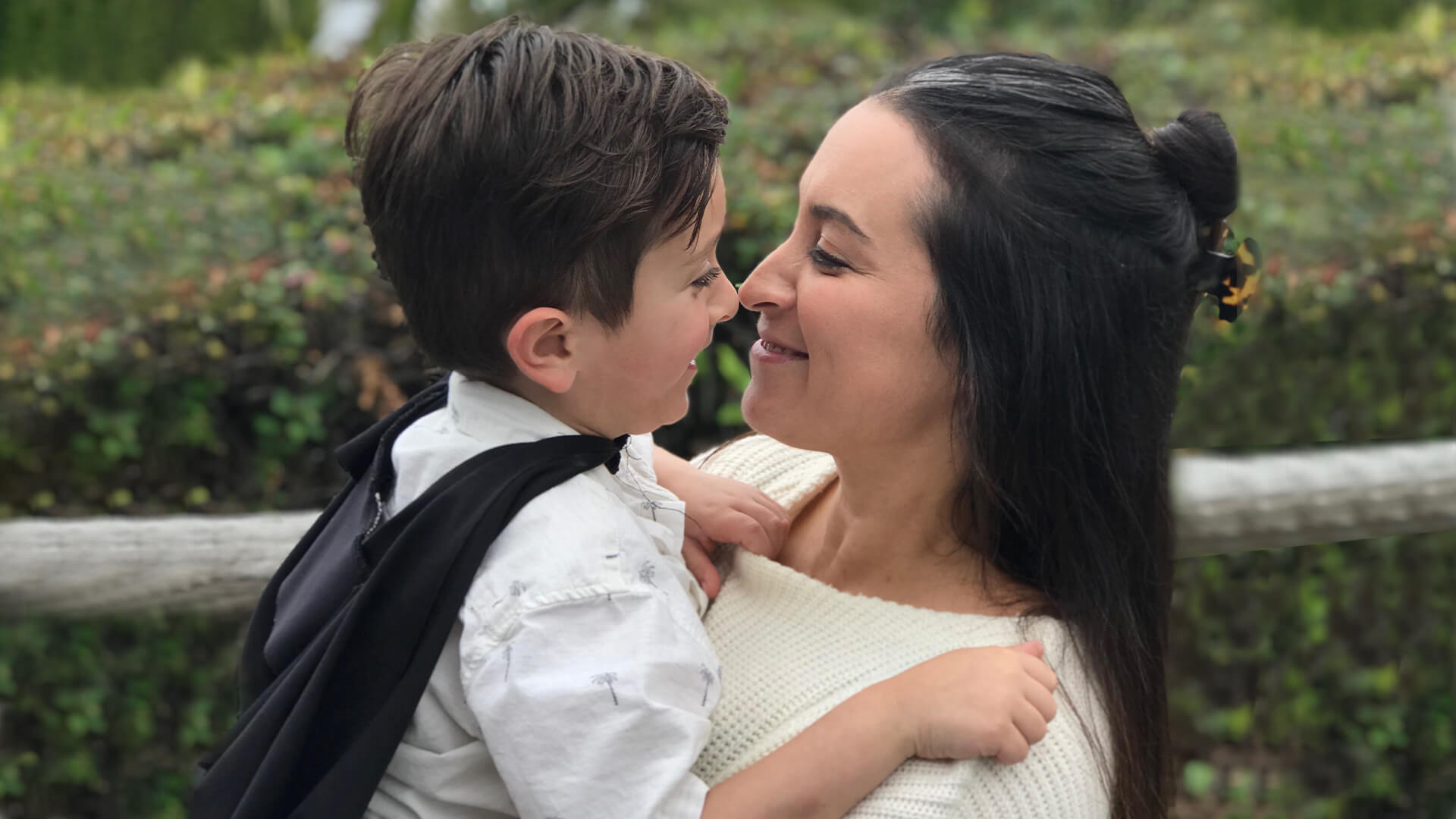5 Tips for Selecting the Best Holiday Gifts for Kids with Autism
FEATURED POSTS
September 25, 2025
September 2, 2025
Buying the perfect gift for kids and other loved ones can be challenging, and this can also be true when buying gifts for kids with autism. To help make your gift-giving easier, here are a few helpful tips to keep in mind when purchasing gifts for autistic children.
Focus on what brings the person joy.
Research shows that incorporating interests and preferences into the learning and play environment of kids with autism can increase positive behaviors and aid in skill acquisition (1). With that said, we can capitalize on what someone already likes. For example, if a child likes dogs, shop for games, activities, or toys that are dog-related. If a child enjoys swimming, activities that involve water play may be a hit (e.g., water tables, sprinkler toys, water beads, grow capsules). Alternatively, if a child is sensitive to loud noises, a toy fire truck with a siren may not be appropriate. Ask friends and family of the person for whom you are buying the gift what that person generally likes and/or dislikes.
Focus on the person’s strengths and abilities.
Many toys come with age recommendations, and while these recommendations are helpful, they might not always lead you to the perfect gift. A good rule of thumb when purchasing a gift is to consider the age and the development of the person for whom you are buying a gift. For example, the game “Apples to Apples” would not be developmentally appropriate for a non-verbal teen, even if it is an age-appropriate game. When looking for the right gift, focus on the person’s strengths. For instance, if the non-verbal teen mentioned above is great at drawing, then a sketch pad or an adult coloring book could be a more appropriate gift. If you are unsure about the child or teen’s strengths, ask a friend or family member of the person for whom you are buying the gift about their specialty areas and abilities.
Note: Be sensitive to how family and friends of a child and teen with autism may feel when being asked questions about the skills of their loved one. When asking questions, always frame them from the perspective of accomplishment (e.g., what skills have they mastered) and not deficit (e.g., in what areas are they delayed) to be supportive and respectful of their growth and development.
Be mindful of behavior triggers and safety risks.
Some children with autism engage in behaviors that put them or their loved ones at risk of harm. For example, if a child engages in pica (e.g., eating nonfood items), gifts containing small objects may pose as a choking hazard. Another example is if a child engages in aggression towards others, gifts with violent content may not be appropriate, as additional exposure to violence may interfere with their goals. Alternatively, a sensory-seeking child may benefit from gifts that allow them to stim. For example, if a child rocks back and forth, a swing may be a great way to meet their sensory needs. Additionally, certain objects can elicit sensory sensitivities which can trigger behaviors in some children and teens with autism (e.g., loud noises, highly preferred items, phobias, etc.). Ask friends and family of the person you are buying the gift for if there are any behaviors that possess a safety risk that need to be considered before purchasing a gift.
Focus on toys that encourage interaction with others.
Social deficits are a defining characteristic of autism. When gift-giving, try to purchase gifts that encourage social interaction. While almost any toy or game can be turned into a group play, certain activities may be more conducive to social interactions than others. For example, instead of buying a computer game, consider purchasing “Bop It,” which is an electronic interactive game that can be played among a group of friends or family.
Focus on finding new things they will love.
Children and teens with autism sometimes have restricted or limited interests (e.g., only talking about trucks or only playing with dinosaurs). To help build upon their current interests to introduce them to a wider range of activities, try finding new activities similar to their current interests. For example, if a child’s favorite activity is playing with “Play-Doh,” kinetic sand or slime may be an appropriate gift to help expand their interest due to its similarity in form of play. Ultimately, gifts that will provide new experiences may act as potential new reinforcers (e.g., stimuli that increase behaviors) and could significantly enrich the child or teen’s learning environment.
Resources
Increasing Task Engagement Using Preference or Choice-Making
Some Behavioral and Methodological Factors Affecting Their Efficacy as Classroom Interventions
For more holiday tips, check out Reducing Holiday Stress for Families of Children with Autism and Preparing for Holiday Meals.





















